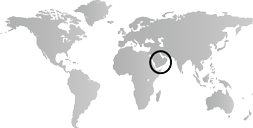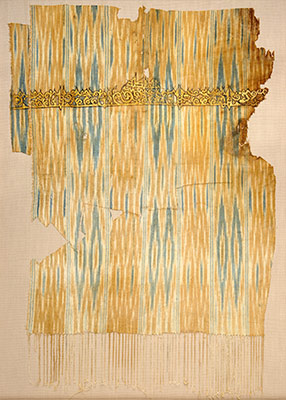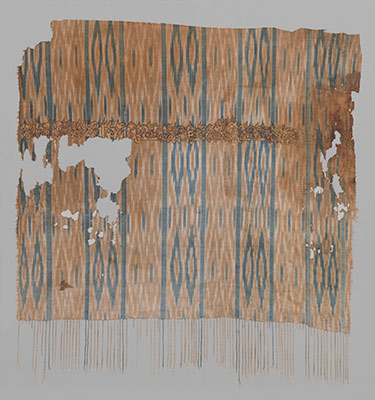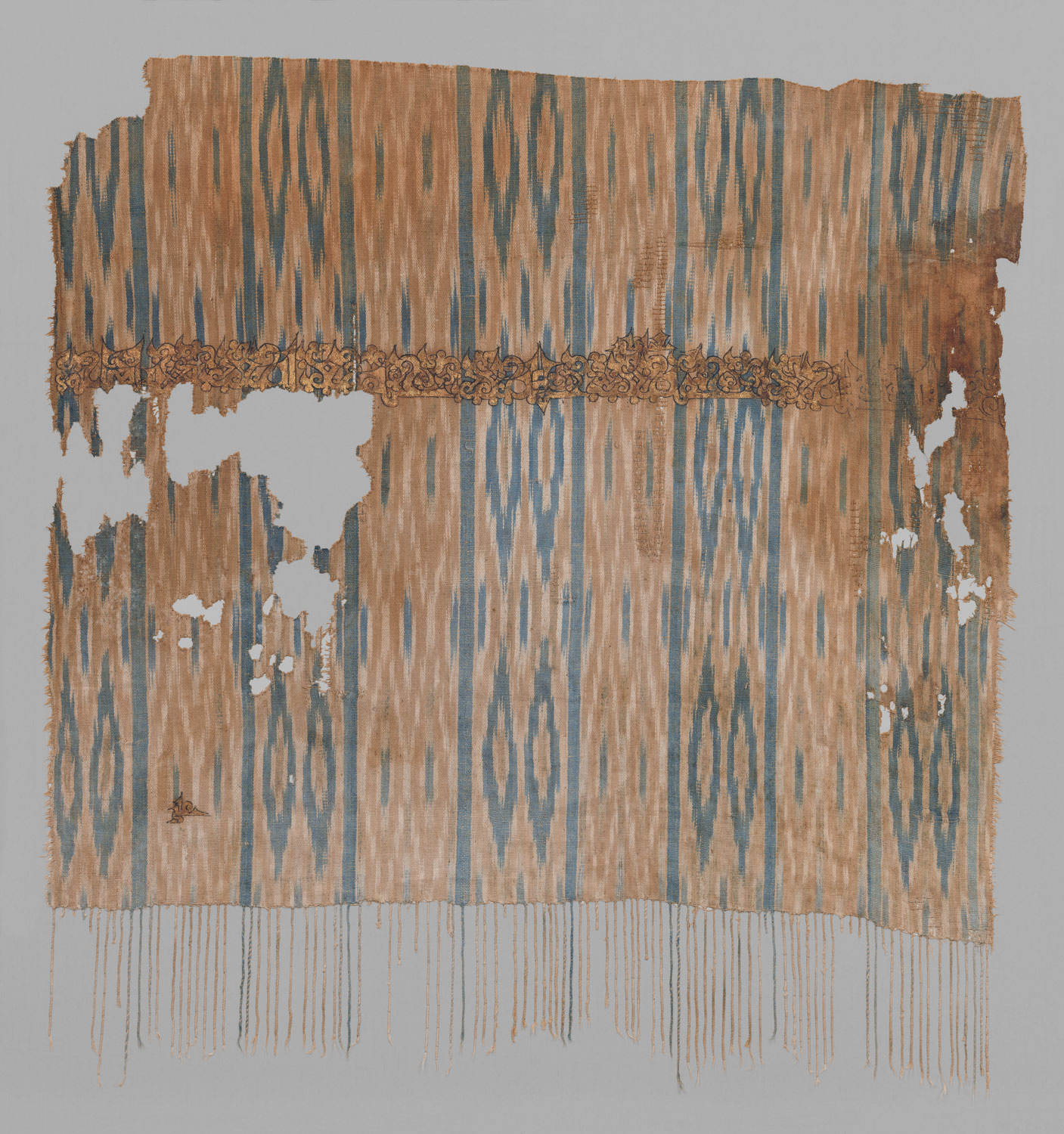From 500 to 1000, the Arabian Peninsula is critical to the east-west trade and is in close contact with Byzantium and Ethiopia. While Christianity and Judaism are important in the early part of the period, the birth of Islam in the seventh century transforms the region, leaving a permanent mark on the cultural and artistic life of the peninsula.
Arabian Peninsula, 500–1000 A.D.
Timeline
500 A.D.
625 A.D.
625 A.D.
750 A.D.
750 A.D.
875 A.D.
875 A.D.
1000 A.D.
Overview
Key Events
-
ca. 500
The Byzantine state concludes treaties with a number of nomadic tribes in northern Arabia. In return for tribute to the empire and military defense of these eastern territories, such tribes are permitted to settle and farm agricultural lands in Arabia.
-
ca. 517–537
Emperor Kaleb Ell Asbeba, later called Saint Elesboam (ca. 500–540) of Aksum (in modern Ethiopia), conquers Himyar at the request of the Byzantine emperor Justinian I (r. 527–65). Byzantium supplies ships, not troops, for the effort. The region, first introduced to Christianity in the fourth century from Alexandria, will become part of the Monophysite church before converting to Islam during the lifetime of Muhammad.
-
mid-6th century
The great Ma’rib Dam, built by the Saba kingdom in the sixth century B.C., collapses and the agricultural gardens of South Arabia dry up.
-
ca. 570–632
Life of Muhammad, Prophet or Messenger of God and founder of Islam. The last in the line of Judeo-Christian prophets, Muhammad receives his first revelation from the archangel Gabriel and begins to preach in Mecca in 610. His emigration (hijra) from Mecca to Yathrib (Medina) with his followers in 622 establishes the beginning of the Islamic era. Most of the Arabian Peninsula is conquered by the time of his death in 632.
-
622–632
As the gathering place for the faithful, Muhammad’s house in Medina develops into a center for the Muslim community and becomes the prototype for the mosque, the Muslim sanctuary for God. The early structure, known as the hypostyle mosque, includes a columned hall oriented toward Mecca and an adjacent courtyard surrounded by a colonnade. The call to prayer is given from a rooftop (later the minaret is developed for this purpose). Essential elements of the mosque are a minbar (pulpit) for the Friday sermon and a mihrab (prayer niche) set in the wall oriented toward Mecca.
-
632–661
After the death of Muhammad in 632, a series of four caliphs (Arabic: khalifa, “successor”), known as the Rightly Guided, succeed. Under their command, the Arab armies carry the new faith and leadership from the Arabian Peninsula to the shores of the Mediterranean and to the eastern reaches of Iran. The Arabs take Syria, Palestine, and Egypt from the Byzantine empire, and Iraq and Iran—the heart of the Sasanian empire—succumb to their forces.
-
661
‘Ali ibn Abi Talib (r. 656–61), Muhammad’s cousin, son-in-law, and last of the Rightly Guided Caliphs, is assassinated. Mu‘awiya, former governor of Syria, seizes power and establishes the Umayyad caliphate (661–750), the first Islamic dynasty. ‘Ali’s death triggers political and religious factionalism, leading to the development of Shi‘a, a sect of Islam that recognizes the ‘Alid line of Muhammad as caliphs.
-
661–750
After the transfer of the seat of power from the Arabian Peninsula to Syria under Umayyad rule, Mecca and Medina continue to be revered as the Holiest Cities of Islam.
-
706–710
During the reign of Umayyad caliph al-Walid (r. 705–15), the Mosque of Medina, the former house of Muhammad, is enlarged and refurbished. Additions include a prayer niche (mihrab) emphasizing the wall facing Mecca (qibla), four minarets at the corners of the building for the call to prayer, and marble paneling and mosaics for the walls comparable to the almost contemporary Dome of the Rock in Jerusalem and Mosque of Damascus.
-
750–1000
Under the Abbasid caliphate (750–1258), Mecca and Medina continue to receive large donations for support and embellishment. The annual pilgrim caravan also contributes to the prosperity of the two Holy Cities of Islam.
-
750–1000
Yemeni textiles, long recognized for their fine quality, maintain their reputation and are exported for use by the Abbasid elite, including the caliphs themselves. The products of San‘a and Aden are especially important in the east-west textile trade.
Citation
“Arabian Peninsula, 500–1000 A.D.” In Heilbrunn Timeline of Art History. New York: The Metropolitan Museum of Art, 2000–. http://www.metmuseum.org/toah/ht/?period=06®ion=wap (October 2001)
Related
Map




